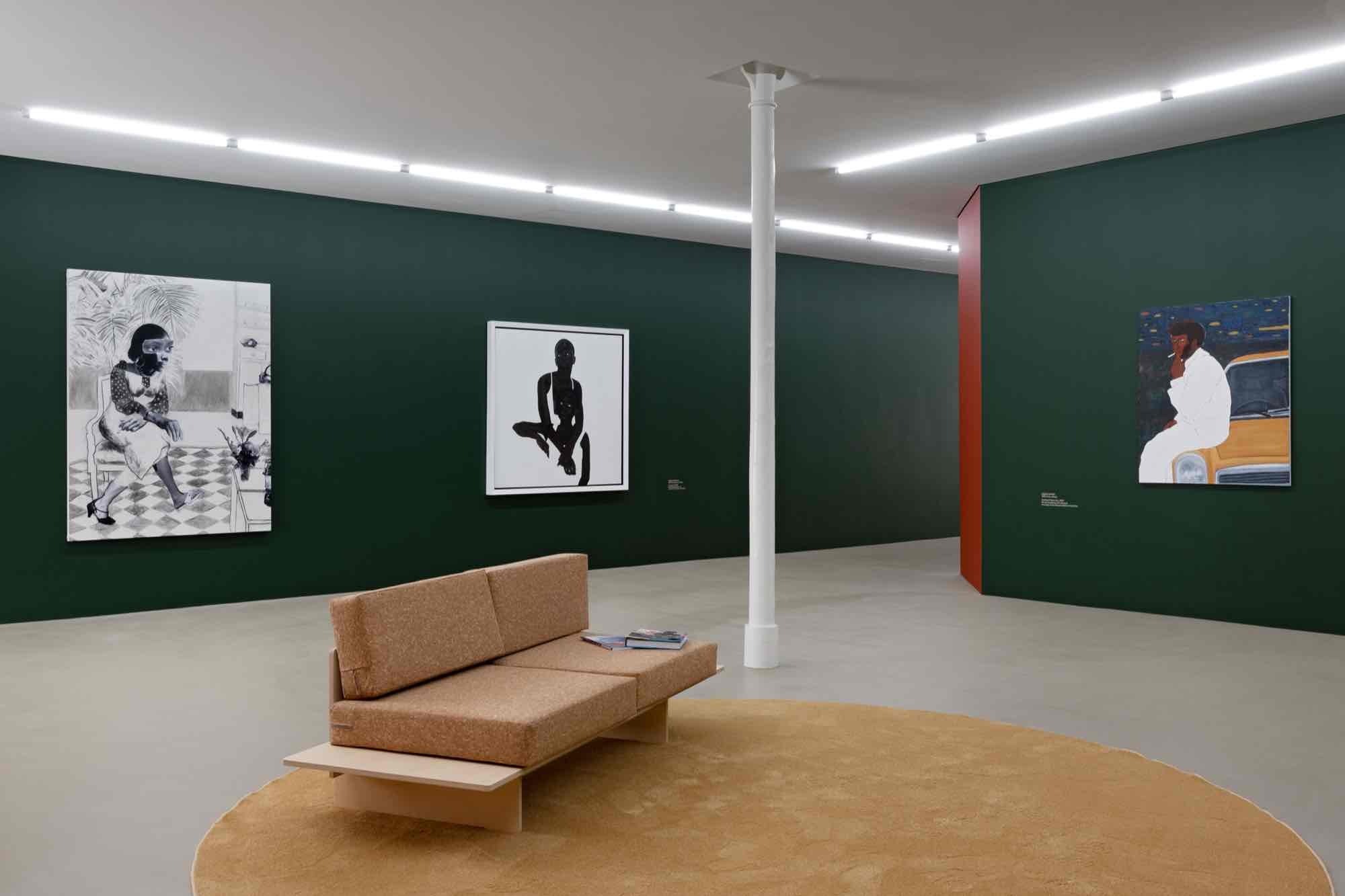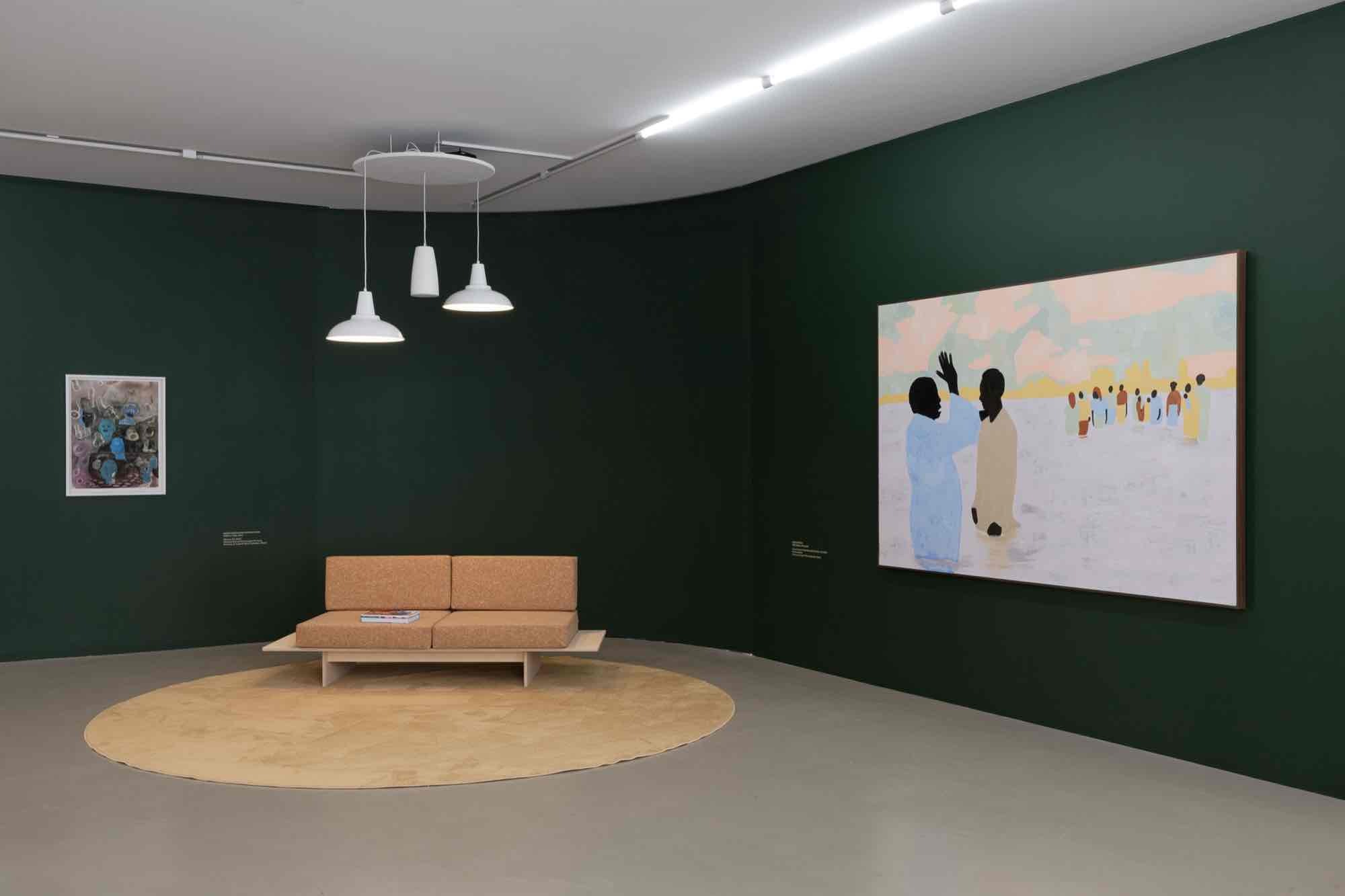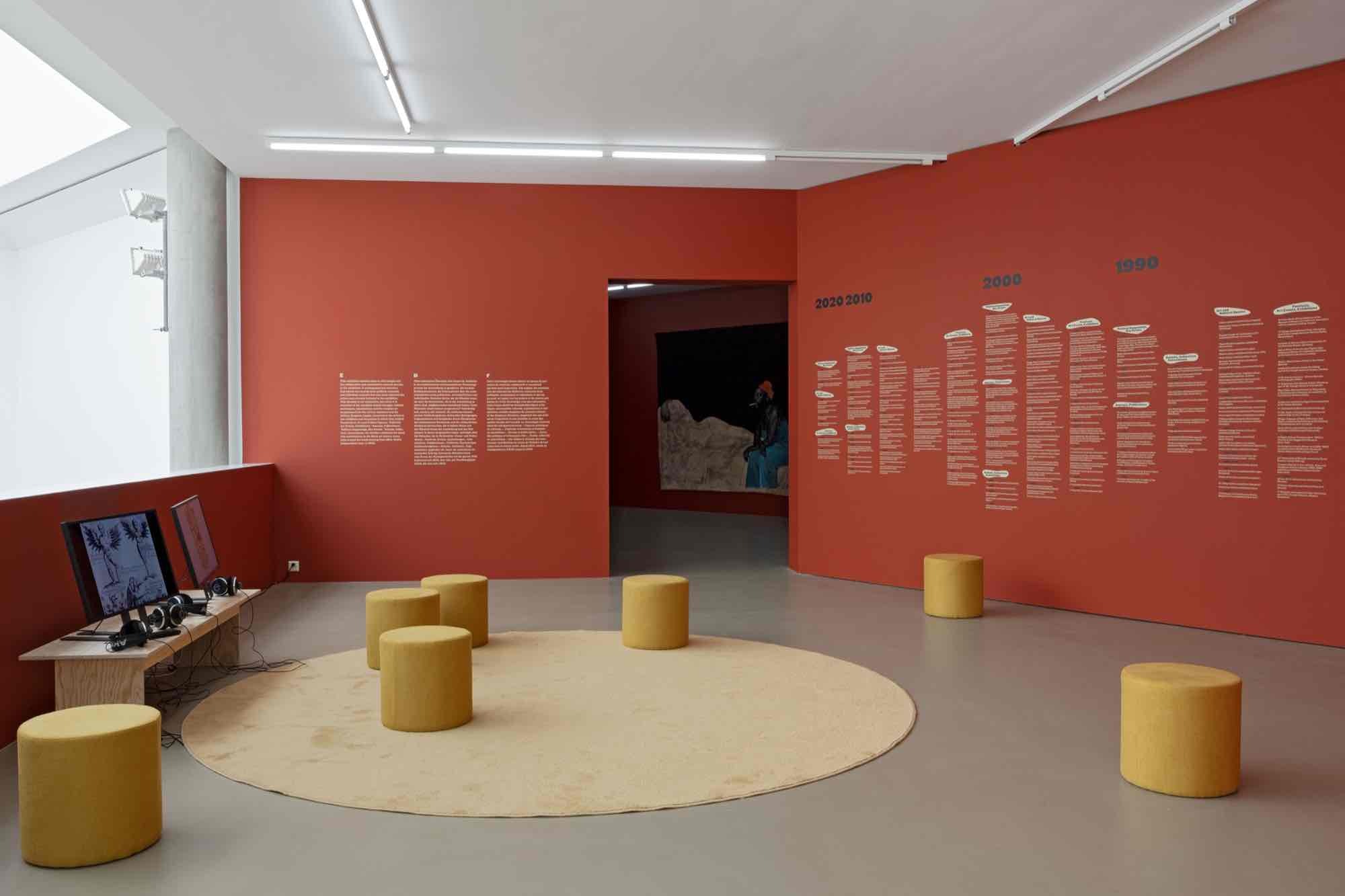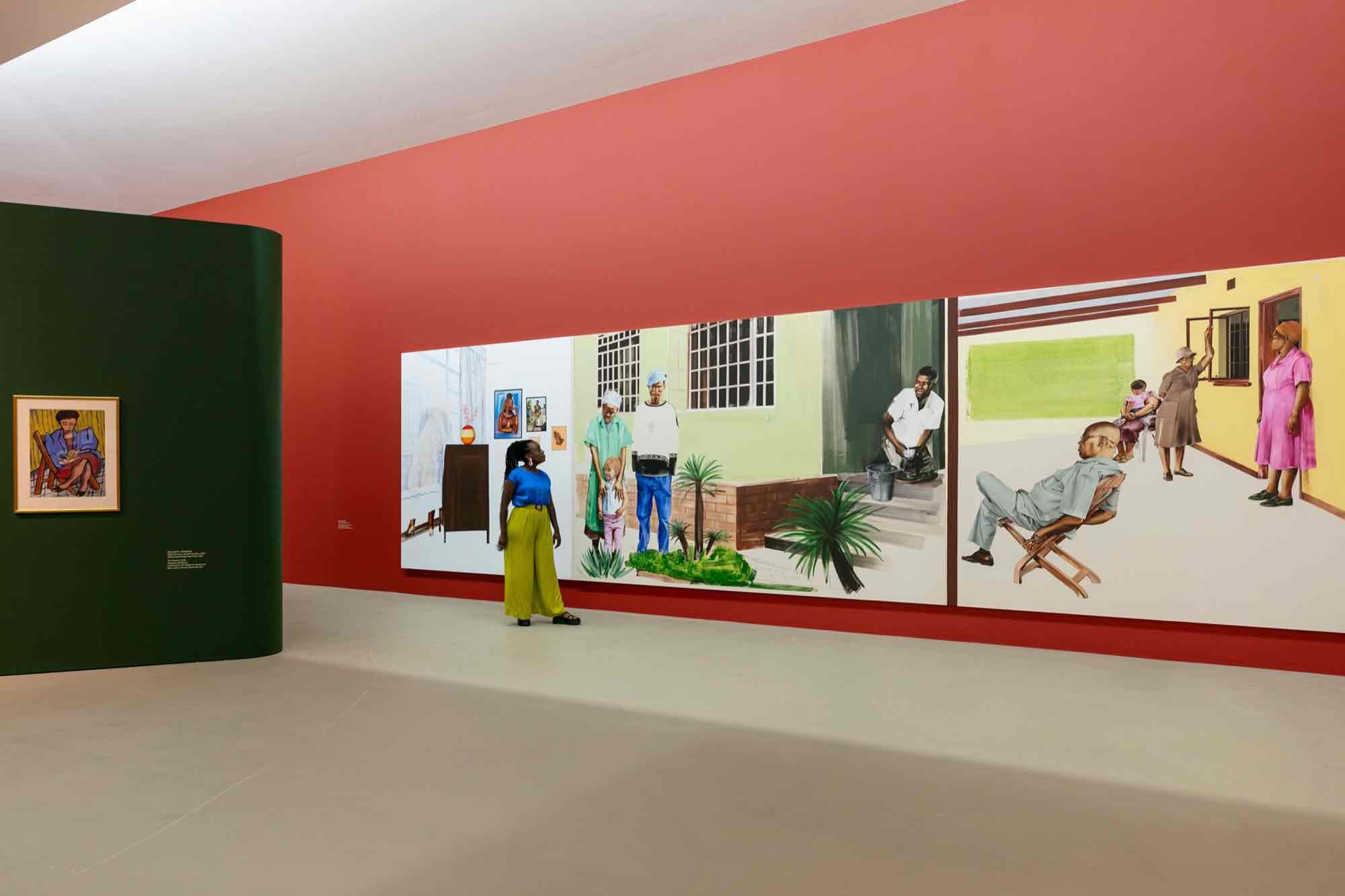When We See Us
A Century of Black Figuration in Painting
25 May - 27 Oct 2024
Curators: Koyo Kouoh and Tandazani Dhlakama
In When We See Us. A Century of Black Figuration in Painting, the Kunstmuseum Basel presents a kaleidoscope of Black figurative painting from the past one hundred years. Held at the museum’s Gegenwart venue, the exhibition was originally produced by the Zeitz Museum of Contemporary Art Africa, Cape Town, and gathers more than 150 paintings by around 120 artists, most of which have never been seen in Switzerland. Its focus is on the power and political dimension of Black joy.
The exhibition’s title is inspired by the Netflix miniseries When They See Us (2019), in which the African-American director Ava DuVernay examines how white people indiscriminately perceive and wrongfully prosecute Black teenagers as potential criminals and hence as a threat. The shift from “They” to “We” indicates a reversal of perspective, making room for the subjects’ own perceptions. The artists’ views take center stage, revealing how the lives of Black people have time and again been represented by others in flat, false, and distorted ways.
When We See Us is the result of extensive research conducted by Koyo Kouoh, executive director and chief curator at Zeitz MOCAA, Cape Town, and her team. The world’s largest museum for African contemporary art presented the comprehensive survey from November 2022 until September 2023. It captures a Black self-image and the selfempowerment of Black artists who, after centuries of white dominance over the art canon, are writing their own art history. At the Kunstmuseum Basel, the exhibition comes on the heels of a series of monographic shows of work by African-American artists: Theaster Gates, Sam Gilliam, Kara Walker, and, most recently, Carrie Mae Weems. Those and many other exhibitions all over the world have addressed Blackness primarily through the lens of trauma and aspects of colonialism. A different approach is emphasized by curators Koyo Kouoh and Tandazani Dhlakama: When We See Us turns the spotlight on everyday life and the “power of joy,” dismantling stereotypical depictions of racism, violence, or crisis. The exhibition is designed to offer viewers a fresh perspective that is celebratory, vibrant, and dignified. “We need talk much more about ourselves in ways that uplift our spirits,” the curators say.
In When We See Us. A Century of Black Figuration in Painting, the Kunstmuseum Basel presents a kaleidoscope of Black figurative painting from the past one hundred years. Held at the museum’s Gegenwart venue, the exhibition was originally produced by the Zeitz Museum of Contemporary Art Africa, Cape Town, and gathers more than 150 paintings by around 120 artists, most of which have never been seen in Switzerland. Its focus is on the power and political dimension of Black joy.
The exhibition’s title is inspired by the Netflix miniseries When They See Us (2019), in which the African-American director Ava DuVernay examines how white people indiscriminately perceive and wrongfully prosecute Black teenagers as potential criminals and hence as a threat. The shift from “They” to “We” indicates a reversal of perspective, making room for the subjects’ own perceptions. The artists’ views take center stage, revealing how the lives of Black people have time and again been represented by others in flat, false, and distorted ways.
When We See Us is the result of extensive research conducted by Koyo Kouoh, executive director and chief curator at Zeitz MOCAA, Cape Town, and her team. The world’s largest museum for African contemporary art presented the comprehensive survey from November 2022 until September 2023. It captures a Black self-image and the selfempowerment of Black artists who, after centuries of white dominance over the art canon, are writing their own art history. At the Kunstmuseum Basel, the exhibition comes on the heels of a series of monographic shows of work by African-American artists: Theaster Gates, Sam Gilliam, Kara Walker, and, most recently, Carrie Mae Weems. Those and many other exhibitions all over the world have addressed Blackness primarily through the lens of trauma and aspects of colonialism. A different approach is emphasized by curators Koyo Kouoh and Tandazani Dhlakama: When We See Us turns the spotlight on everyday life and the “power of joy,” dismantling stereotypical depictions of racism, violence, or crisis. The exhibition is designed to offer viewers a fresh perspective that is celebratory, vibrant, and dignified. “We need talk much more about ourselves in ways that uplift our spirits,” the curators say.










